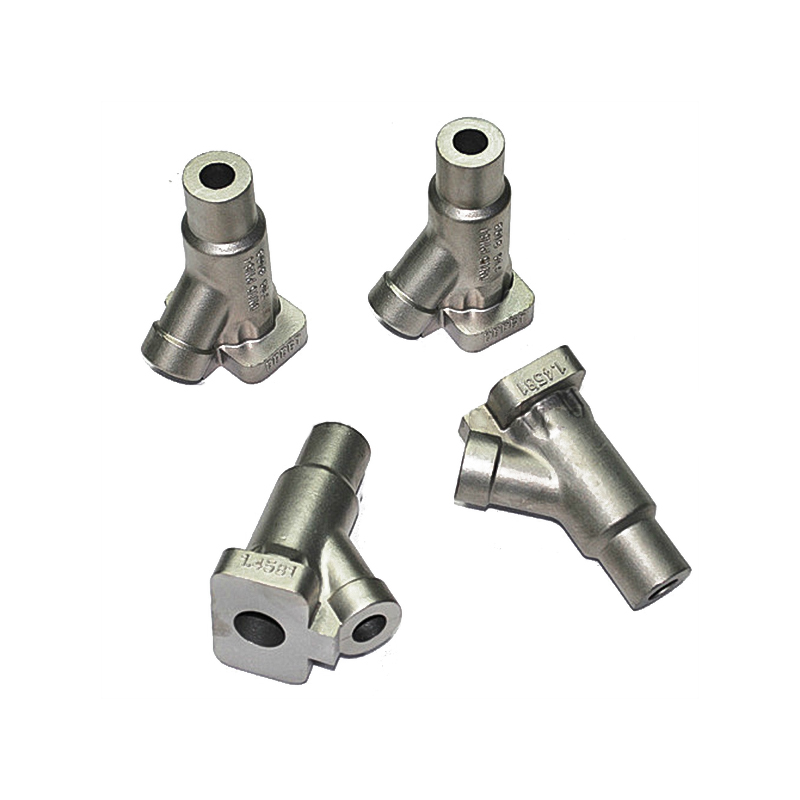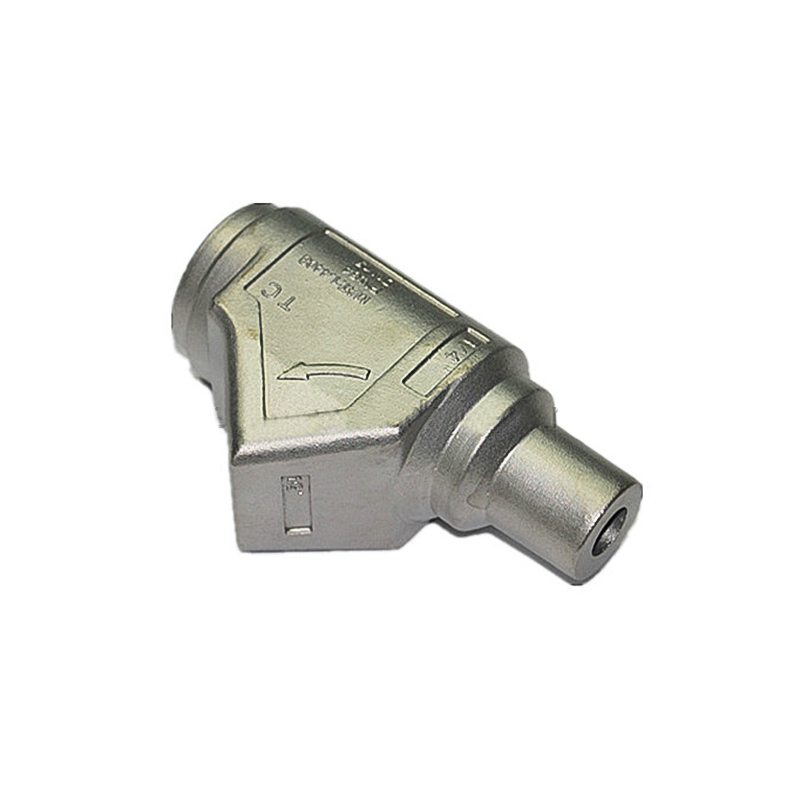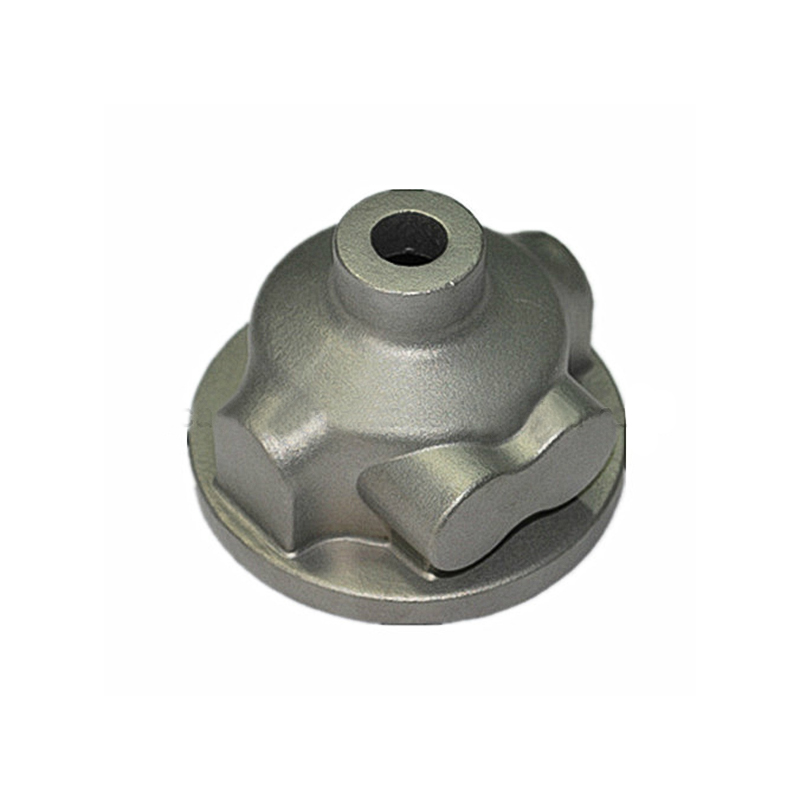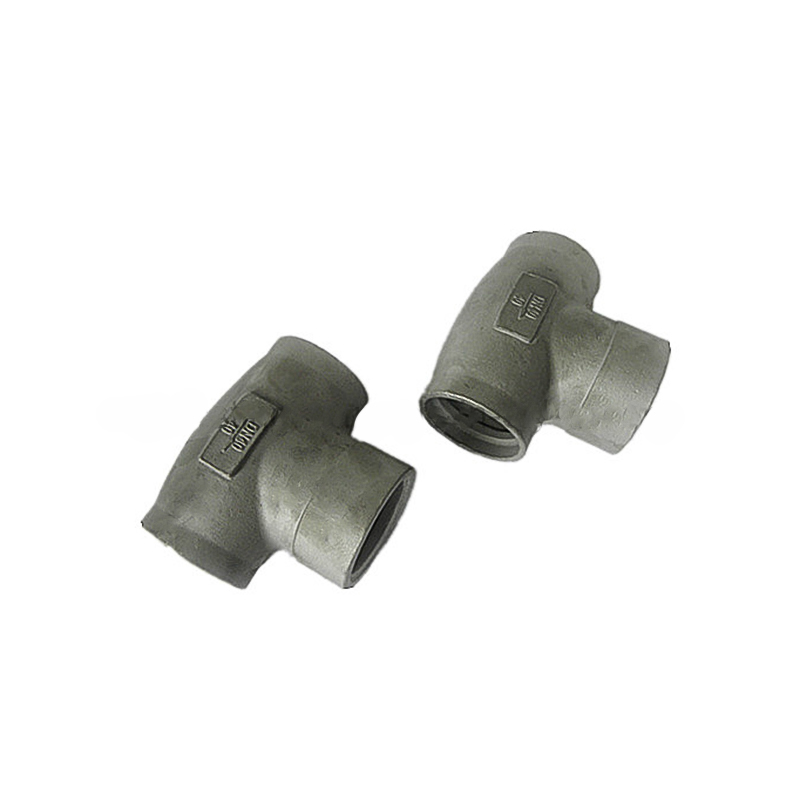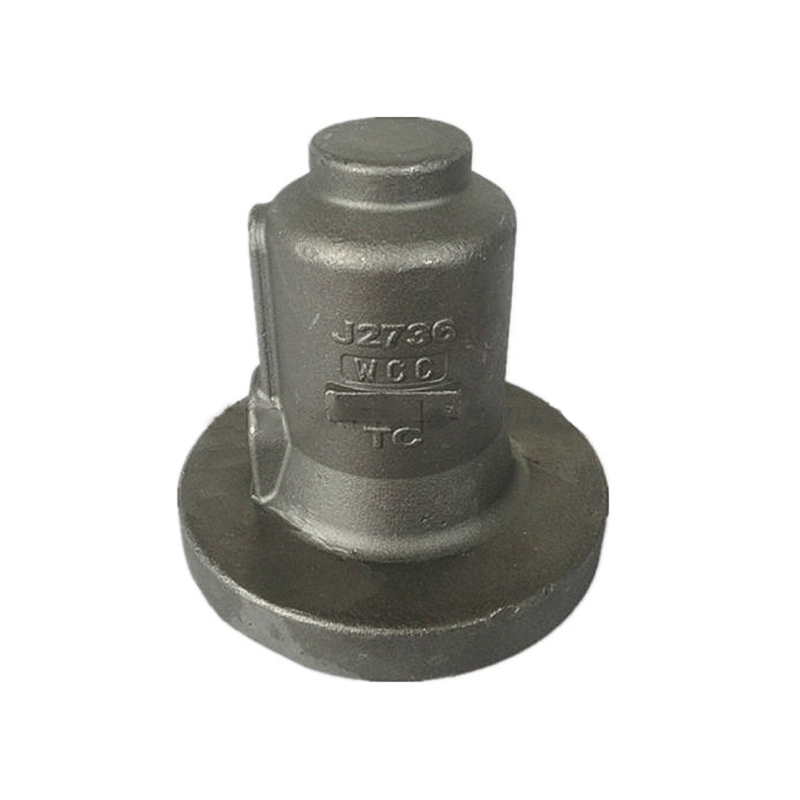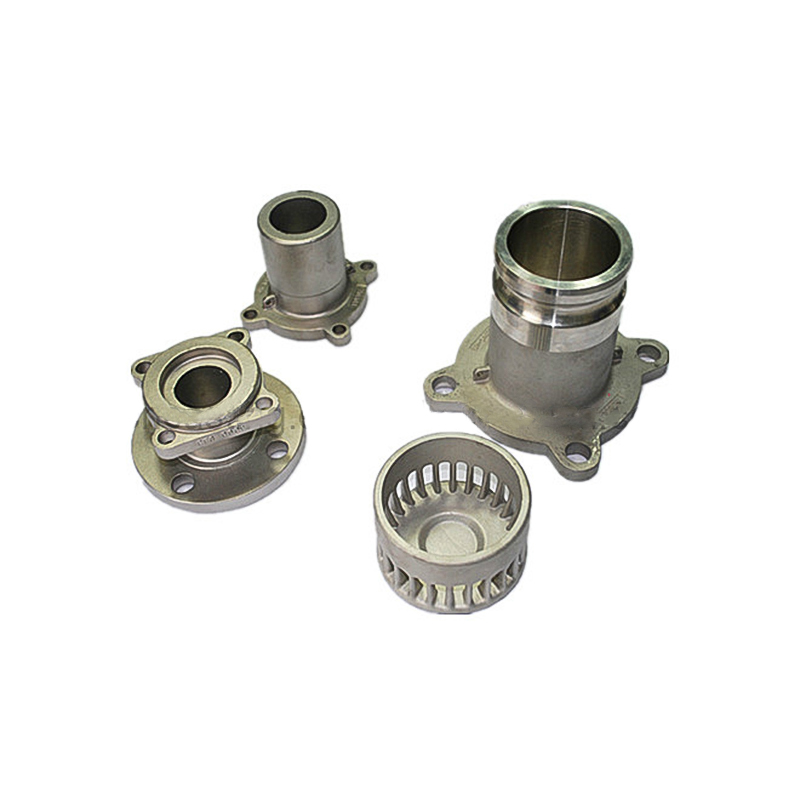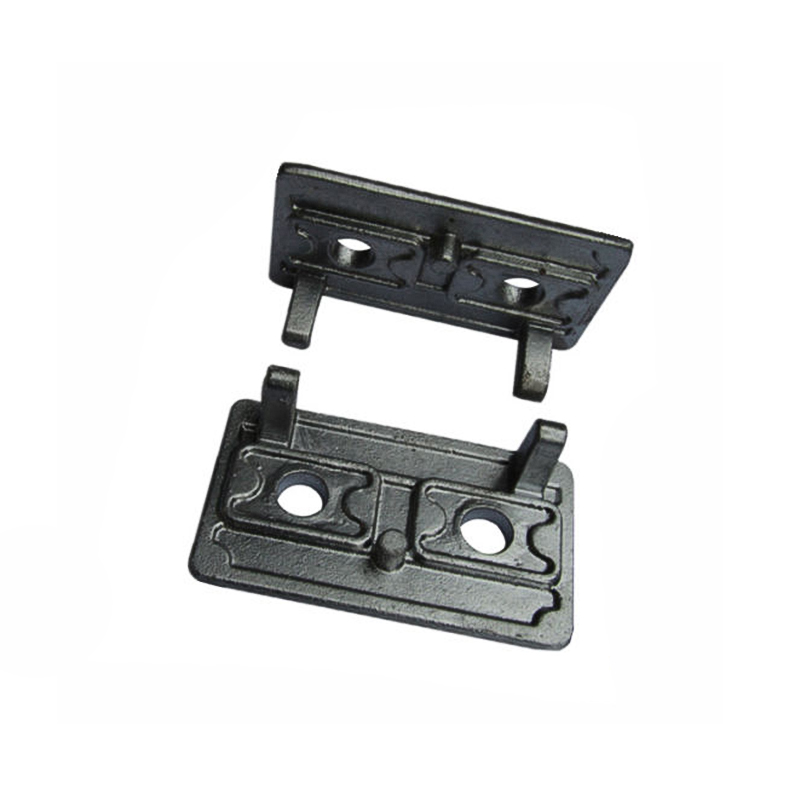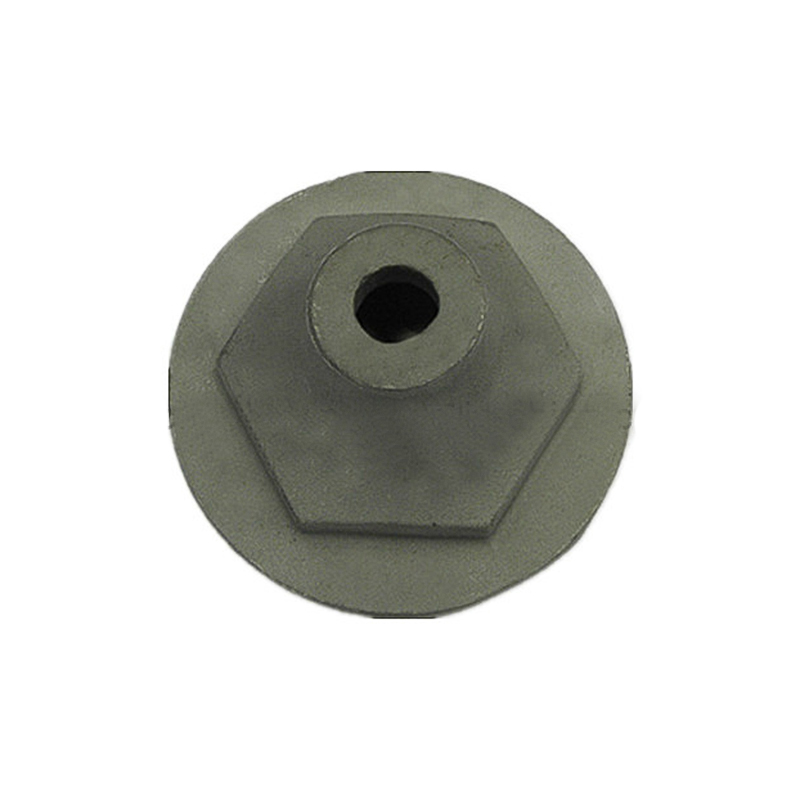Application and Prospect of Sand Casting Parts in Industrial Manufacturing
Sand casting parts, as a casting process with a long history and mature technology, has an irreplaceable and important position in modern industrial manufacturing. Especially in the field of metal casting, sand casting technology has been widely used in many industries with its advantages of high efficiency, flexibility and low cost, and has shown great market potential.
Basic principles and processes of sand casting parts
Sand casting process is to pour molten metal into a mold made of sand, and obtain the required castings after cooling and solidification. This process is highly adaptable and can produce metal parts of various shapes, sizes and materials. Compared with other casting technologies, sand casting not only provides cost-effectiveness, but is also particularly suitable for complex shapes and small batch production. The production process of sand casting parts usually includes steps such as mold making, metal melting and pouring, cooling and solidification, demolding and post-processing.
|
PROCESS |
MATERIAL |
|
|
SAND CASTING |
Green Sand |
Grey Iron, Ductile Iron, Malleable Iron, Stanless Steel, Carbon, Steel, Aluminium, Brass, Bronze |
|
Furan Resin Sand |
||
|
Cold Harden Resin Sand |
||
|
INVESTMENT CASTING |
Sodium Silicone (Water glass) |
Stainless Steel, Carbon Steel, Special Alloy Steel Bronze, Brass, Aluminum |
|
Silica Sol |
||
|
FORGING |
Hammer Forging |
Stainless Steel, Carbon Steel, Alloy Streel, Brass, Aluminum |
|
Die Forging |
||
|
Roll Forging |
||
|
STAMPING MACHINING |
STAMPING MACHINING |
All metal material |
Wide application of sand casting parts in various industries
The unique advantages of sand casting parts have made it widely used in many industries. Whether it is traditional heavy industry or modern high-tech fields, sand casting parts play an indispensable role.
Automobile industry
Sand casting parts play an important role in the automotive manufacturing industry. Especially in the production of automobile engines, transmissions, chassis and other parts, sand casting has become one of the most commonly used manufacturing methods. Sand casting technology is suitable for the production of complex-shaped aluminum alloy, cast iron and other parts, especially in low-volume production, sand casting can efficiently meet the needs of automotive parts.
For example, key parts such as automobile cylinder heads, engine blocks, and oil pump housings are usually produced by sand casting. These parts require high strength, good heat dissipation and wear resistance, and sand casting can accurately meet these requirements with its material selectivity and manufacturing flexibility.
With the increasing demand for lightweight and high-performance parts in the automotive industry, the application prospects of aluminum alloy materials for sand casting parts in automobile manufacturing are becoming more and more broad. Aluminum alloy sand casting parts can not only reduce the overall weight of the vehicle, but also ensure high strength and durability while improving fuel efficiency.
Aerospace industry
The aerospace industry has extremely strict requirements for castings, requiring them to have high strength, high temperature resistance, corrosion resistance and other excellent properties. The application of sand casting parts in this field is mainly concentrated in the manufacture of aircraft engine parts, aircraft structural parts, spacecraft parts, etc.
For example, turbine blades in aircraft engines, aluminum alloy supporting structural parts of fuselages, wing parts of aircraft, etc. can all be manufactured by sand casting. These parts require extremely high precision and strength, and can work stably for a long time under high temperature and extreme climate conditions. Sand casting technology provides solutions that meet these high standards by selecting suitable high-performance metal materials.
Sand casting has shown important advantages in the application of high-performance materials such as titanium alloys and nickel alloys, especially in the core components of aircraft engines. With the development of aerospace technology, the demand for sand casting parts in this field is expected to grow further.
Machinery manufacturing industry
In the field of machinery manufacturing, sand casting parts are mainly used to produce key components of large-scale machinery and equipment. Especially in the fields of heavy machinery, mining machinery, construction equipment, etc., sand casting technology provides an effective solution. For example, large gears, crane parts, pump bodies, hydraulic system parts, etc. are mostly manufactured using sand casting.
Sand casting parts are suitable for manufacturing large-size, high-strength castings, which can ensure that mechanical parts have good fatigue resistance, wear resistance and high load-bearing capacity during long-term operation. Sand casting parts are also widely used in gears and bearing parts in transmission systems to meet the high requirements for component strength, toughness and durability in mechanical manufacturing.
In the future, with the popularization of automation equipment and robotics technology, the application of sand casting parts in mechanical manufacturing will be more diversified, and at the same time, it will also promote the development of sand casting technology towards higher precision, efficiency and environmental protection.
Energy industry
Sand casting parts are particularly widely used in the energy industry, especially in the fields of electricity, oil and gas, nuclear energy, etc. Key equipment parts such as boilers, pump bodies, valves, and pressure vessels in power plants are often produced using sand casting. These parts need to withstand harsh working conditions such as high temperature and high pressure. Therefore, sand casting technology plays an important role in material selection, manufacturing accuracy, and post-processing processes.
Especially in the oil and gas industry, sand casting parts are widely used to produce various mechanical parts, such as drilling equipment, valves, pump bodies, etc. These castings need to have strong corrosion resistance and high temperature resistance to adapt to harsh working environments. With the continuous increase in global energy demand, sand casting parts will continue to play an important role in this field.
Sand casting parts are also used in the manufacture of renewable energy equipment such as wind power and solar energy. Especially in the castings of wind turbines and the supporting structures of solar power generation equipment, sand casting technology provides a feasible solution.
Construction and Infrastructure
The demand for sand casting parts in the construction industry is mainly reflected in the construction of some large infrastructure, such as bridges, tower cranes, and building structural parts. Especially in the construction of important facilities such as bridges, docks, and airports, sand casting parts are widely used in the manufacture of structural support parts and infrastructure equipment.
The advantage of sand casting parts is that they can manufacture large-sized castings and can withstand huge loads, making them an ideal choice for large-scale equipment and structural parts in the construction industry. Sand casting parts can be customized in different shapes and sizes according to design requirements, which provides a high degree of flexibility for the construction industry.
With the acceleration of urbanization, the demand for infrastructure construction will continue to grow, and sand casting parts have broad market prospects in this field.
Mold manufacturing
Molds are core components for the production of various industrial products, and their quality and precision directly determine the quality of the final product. The application of sand casting parts in mold manufacturing is also very important, especially the production of some large molds and precision molds. The sand casting process can produce high-precision and high-complexity molds to meet the production needs of a variety of products.
As the manufacturing industry develops towards personalization and small-batch customization, the flexibility and efficiency of sand casting parts make it an important technical means in mold manufacturing.
Future development prospects of sand casting parts
The wide application of sand casting parts in various industries makes its market prospects extremely broad. With the advancement of industrial technology, the sand casting process continues to develop in the direction of intelligence, greening and precision.
1. Environmental protection and sustainability: With the improvement of environmental protection requirements, the sand casting industry is taking more environmentally friendly measures, such as using environmentally friendly sand and reducing exhaust emissions. In the future, green manufacturing will become an important direction for the development of sand casting technology.
2. Intelligence and automation: The advent of Industry 4.0 will further promote the intelligence and automation of sand casting. By introducing technologies such as artificial intelligence and big data analysis, sand casting production will achieve more precise and efficient control, reduce production costs and improve product quality.
3. Application of new materials: With the continuous emergence of new materials, the types of materials for sand casting parts will be more abundant in the future. High-performance materials such as high-temperature alloys, superalloys, and titanium alloys will be widely used in sand casting processes to meet the needs of more high-end industries.
4. Combination of 3D printing and sand casting: The rapid development of 3D printing technology has made the combination of sand casting and 3D printing possible. Through 3D printing, sand molds can be quickly manufactured, and the production cycle and cost of sand casting parts can be further reduced.



 English
English Deutsch
Deutsch 简体中文
简体中文
